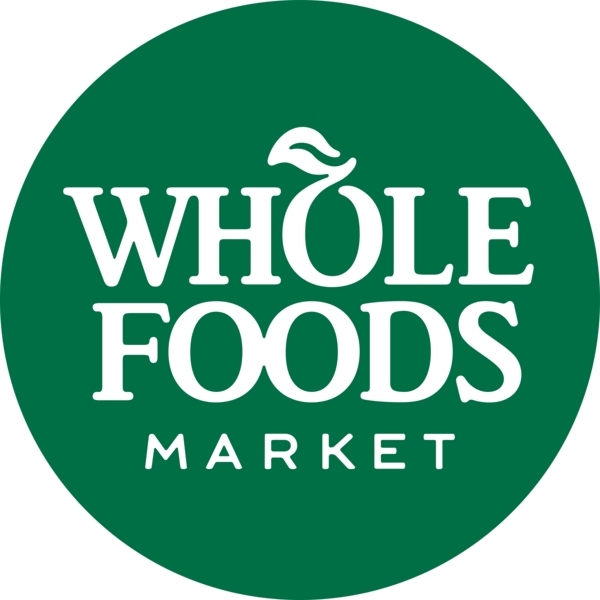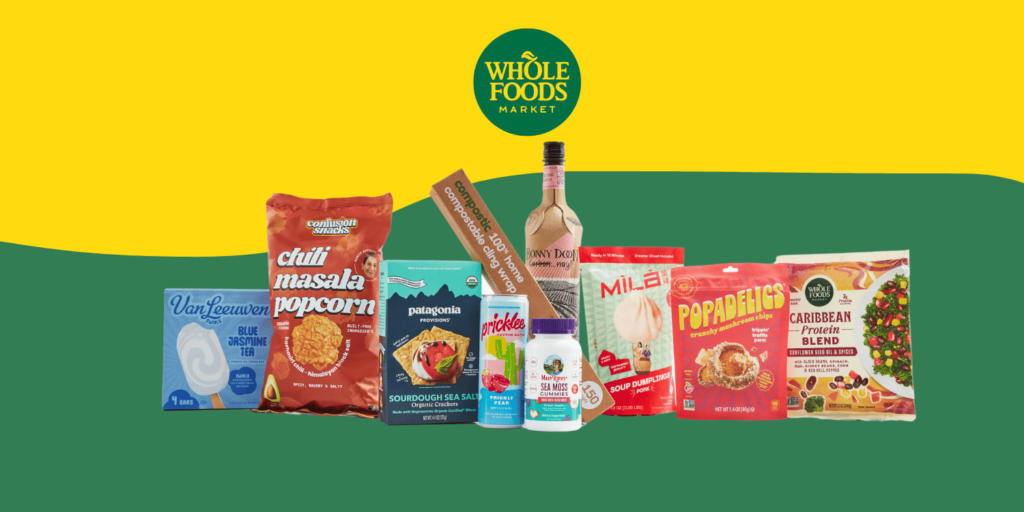From international snacks to hydration-focused beverages, Whole Foods Market’s 10th annual trends report highlights the innovations and consumer preferences that will define the food landscape in 2025.
Whole Foods Market has released its top 10 food trend predictions for 2025, marking the 10th anniversary of its annual trend forecasting report. These insights, curated by the company’s Trends Council, highlight evolving consumer preferences and showcase innovations expected to shape the food industry in the coming year. Among the forecasted trends are hydrating ready-to-drink beverages, culturally inspired snacks, and a resurgence of crunchy textures across meals.

The report reflects the expertise of the Trends Council, which consists of more than 50 Whole Foods Market members, including culinary experts, foragers, and buyers. Each year, the council analyzes industry developments, consumer behaviors, and collaborates with brands to forecast emerging trends. “Our tenth anniversary of trend forecasting marks an important milestone for us,” said Sonya Gafsi Oblisk, Chief Merchandising and Marketing Officer at Whole Foods Market. “This year, we’re especially excited to spotlight trends for 2025 that reflect growing consumer preferences and push the boundaries of what’s possible for the world of food.”
The popularity of international snack foods is one trend expected to gain momentum. Fusion snacks that mix global flavors—such as mango sticky rice chips or chili crunch edamame—will feature prominently on store shelves, inviting consumers to explore new tastes. As stated in the report, these products aim to connect shoppers with different cultures, often sharing nostalgic memories and the cultural roots behind the flavors.
Another notable trend is the increasing versatility of dumplings, which are now appearing in frozen and shelf-stable formats. As these dough-wrapped treats gain traction, they reflect both cultural authenticity and creative fusion. Newer iterations, such as vegan dumplings or pizza-filled bao buns, have grown in popularity thanks to their social media presence and adaptability to various culinary traditions.
Texture is also becoming essential in food products, with a focus on adding crunch to every meal. Consumers are gravitating toward crispy grains, fermented nuts, and mushroom chips to enhance dishes. This trend extends beyond food, influencing beverages and desserts, such as crème brûlée espresso martinis, which offer unique textural experiences.
The report also highlights the rise of hydration-focused beverages. Consumers, increasingly conscious of their hydration needs, are seeking innovative drinks with added electrolytes. Cactus waters, chlorophyll beverages, and electrolyte popsicles exemplify the growing demand for functional hydration products. Notably, these beverages are marketed not only for adults but also for children, with playful packaging formats like pouches and mini coconuts.
Sustainability remains a key focus, with brands moving toward compostable packaging solutions. According to the report, products like home-compostable cling wrap and eco-friendly produce stickers demonstrate efforts to reduce waste. In addition, many wine and beer brands are adopting regenerative practices and lighter packaging to minimize their environmental footprint.
Tea is also emerging as a central theme in food and beverages, moving beyond traditional steeped formats. Sparkling teas, plant-based milk teas, and new flavors like chai or Earl Grey are reshaping the tea landscape, with some consumers even embracing vintage tea parties as an alternative to happy hours.
Another trend to watch is the integration of plant-based aquatic ingredients into everyday foods. Seaweed, sea moss, and water lentils are gaining traction as sustainable sources of nutrients. Products featuring these ingredients—ranging from kelp salsa to seaweed chips—are designed to cater to consumers’ growing interest in wellness.
The influence of sourdough continues to expand beyond bread, permeating grocery aisles with sourdough crackers, pizza crusts, and even chocolate. “From pandemic-era sourdough loaves to innovative grocery items, customers are exploring the unique flavor and benefits that sourdough offers,” the report states, indicating that this trend has found a lasting place in consumers’ kitchens.
Protein-rich foods are also expected to grow in popularity, with a shift from protein powders to whole food sources. Organ meats are increasingly recognized for their nutritional value, while dairy products like cottage cheese continue to trend. Meal solutions blending traditional meats with organ proteins are emerging, making it easier for consumers to access the benefits without learning complex cooking techniques.
Whole Foods Market’s annual report offers valuable insights into the evolving landscape of the food industry. Cathy Strange, Ambassador of Food Culture at Whole Foods Market, emphasized the significance of these trends: “From important food movements around animal welfare, climate, and transparency to evolving consumer tastes, these trends influence our dining conversations and spark ideas for the future.”
These predictions not only reflect where consumer interests are headed but also provide a glimpse into how innovation and sustainability will shape the way we eat in 2025 and beyond.




















